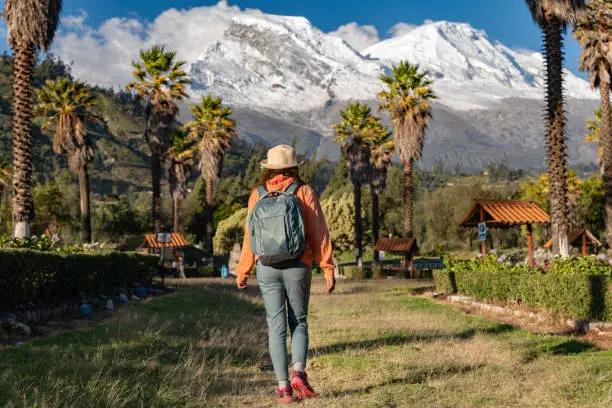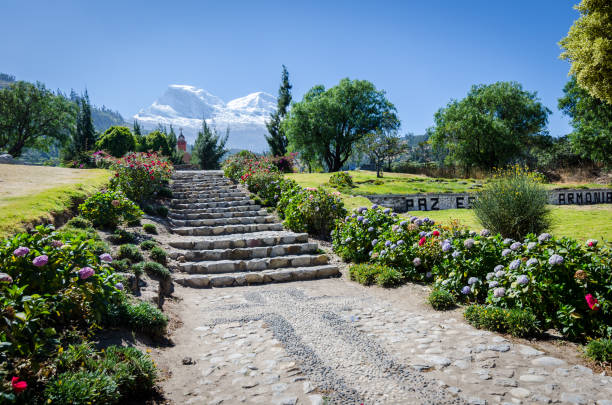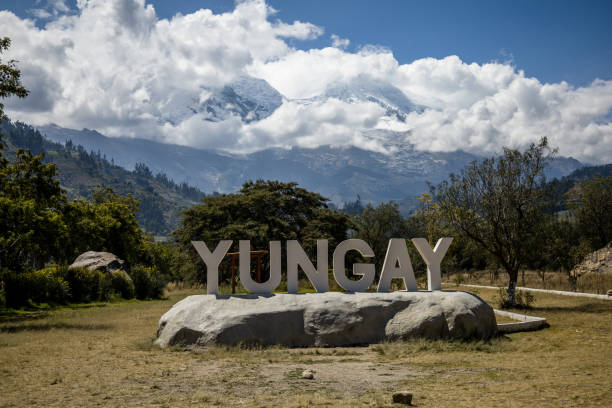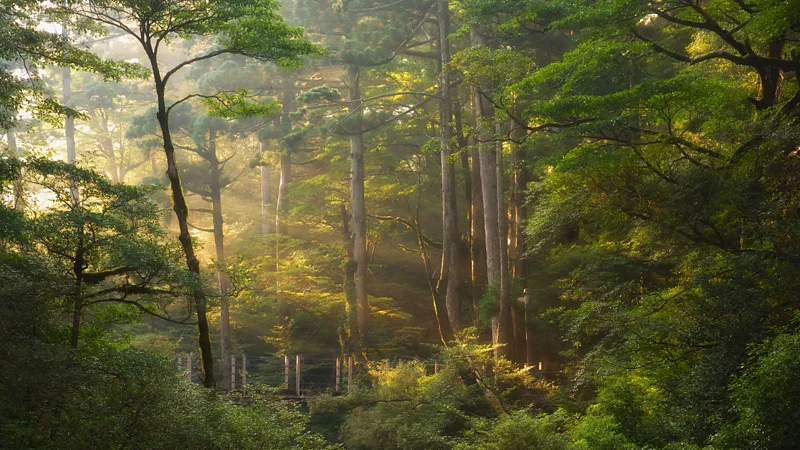Yungay Peru Avalanche 1970 is one of the most catastrophic natural disasters ever recorded, wiping out nearly an entire town in just three minutes. The tragic event not only reshaped the landscape of northern Peru but also the lives of thousands of survivors who witnessed unimaginable destruction. Today, Yungay’s story is a blend of sorrow, resilience, and revival as New Yungay emerges as a hub for tourism and remembrance.
The Gateway to the Cordillera Blanca
Travelers heading to the Cordillera Blanca mountain range often pass through Huaraz, the capital of Peru’s Ancash region. Known as the “Switzerland of Peru,” Huaraz is the base for trekkers heading into Huascarán National Park, a UNESCO World Heritage site.

Yet just 35 miles away lies Yungay, a town that holds one of the most heartbreaking stories in Peruvian history. Once called the “Pearl of the Huaylas Corridor,” Yungay was a thriving settlement of 20,000 people before disaster struck.
The Day Yungay Disappeared
On May 31, 1970, at exactly 3:23 p.m., a powerful 7.9-magnitude earthquake struck the Ancash region. The tremor triggered a massive avalanche on Mount Huascarán, Peru’s highest peak. A gigantic chunk of glacier and rock broke loose, rushing down the mountain at speeds exceeding 180 miles per hour.
In just three minutes, Yungay was buried under 50–100 million cubic meters of ice, rock, and mud. Homes, churches, schools, and even the town stadium were consumed. Official estimates say around 18,000 lives were lost — making it the deadliest landslide in recorded history.
Survivors and Stories of Hope
Local guide Juan Márquez Sánchez, whose father survived, describes how people ran to the town’s cemetery, built on an artificial hill — one of the few places spared. Ninety-two people survived on the hilltop, along with about 300 children who were at a circus on higher ground.
“They had to watch the entire town disappear,” Sánchez recalls. “For three days, helicopters brought food and water until rescue teams could reach them.”
Campo Santo: A Town Turned into a Memorial
After the disaster, the Peruvian government declared the old town a national cemetery, prohibiting rebuilding. Today, the Campo Santo memorial stands where Yungay once thrived.
Visitors can see four lone palm trees still marking the town’s main plaza, fragments of the cathedral walls, and a simple cross where the altar once stood. Local guides share stories of the wedding that was taking place during the quake — where 2,000 people perished instantly.
Campo Santo is not just a memorial but also a powerful place for reflection, reminding visitors of the fragility of life and nature’s overwhelming force.
The Rise of New Yungay
Just weeks after the tragedy, survivors and authorities built Yungay Nuevo (New Yungay) 1.24 miles north of the original site, on safer ground shielded from glacial hazards.
Over five decades later, New Yungay has paved roads, improved infrastructure, and a modern four-story regional hospital equipped with earthquake-resistant technology and advanced drainage systems. This milestone, inaugurated in 2025, symbolizes the community’s resilience.
Yungay as a Tourism Hub
New Yungay is now positioning itself as a base for adventure tourism. With fewer crowds than Huaraz, it offers affordable accommodations and access to world-famous hikes such as Laguna 69 and Santa Cruz.
Tourists can explore turquoise lakes like Llanganuco, visit the pre-Inca ruins of Chavín de Huántar, and support local development by purchasing Campo Santo entrance tickets, which directly benefit the community.

Why Visiting Yungay Matters
Tourism has become a lifeline for Yungay’s residents. “Every visitor helps us rebuild,” says Sánchez. “It keeps the memory of what happened alive, while allowing us to grow.”
Yungay’s story is not just about tragedy — it is about recovery, remembrance, and transformation. Visiting this town means honoring the victims while contributing to its future.
Source: CNN


